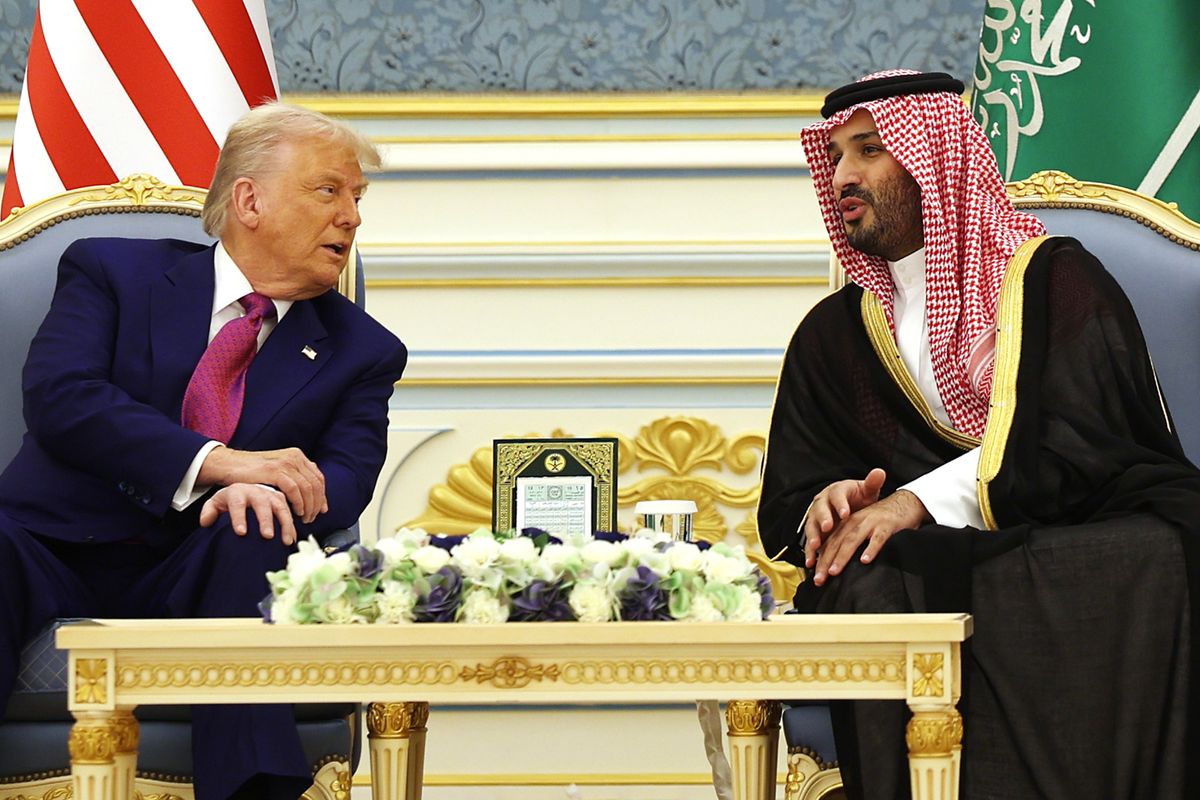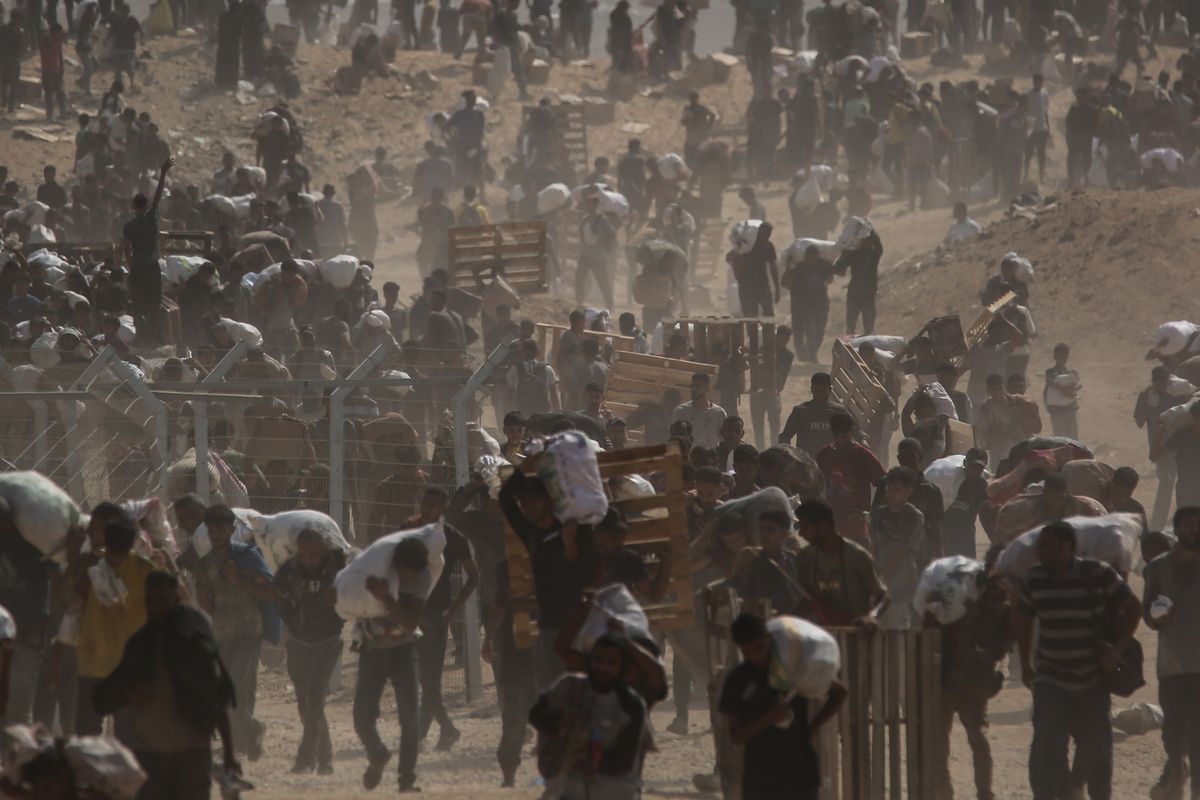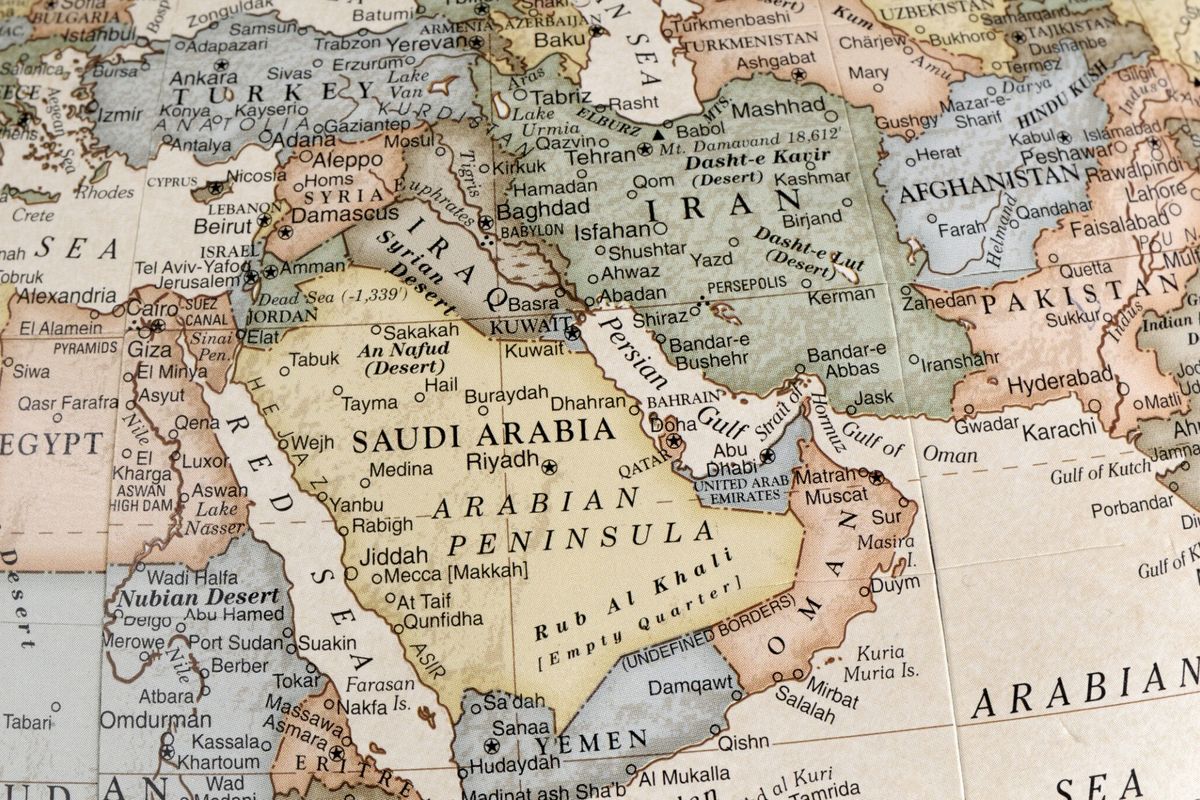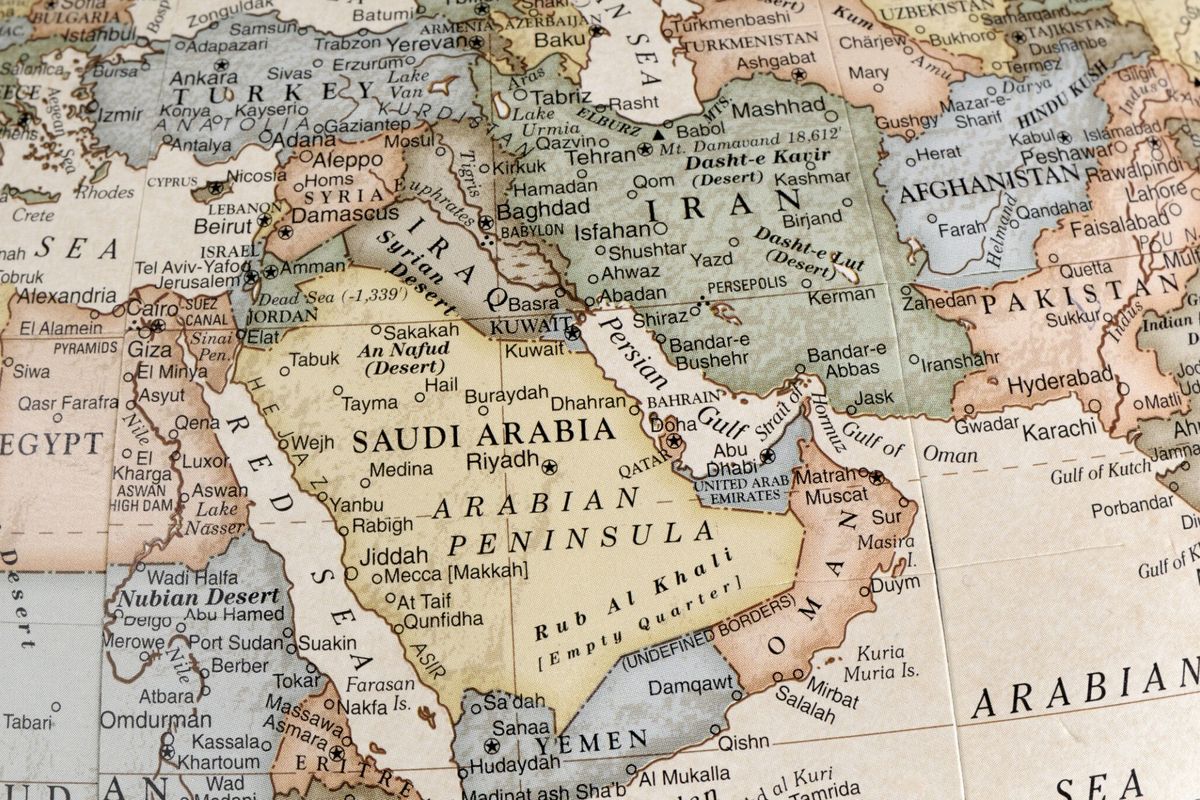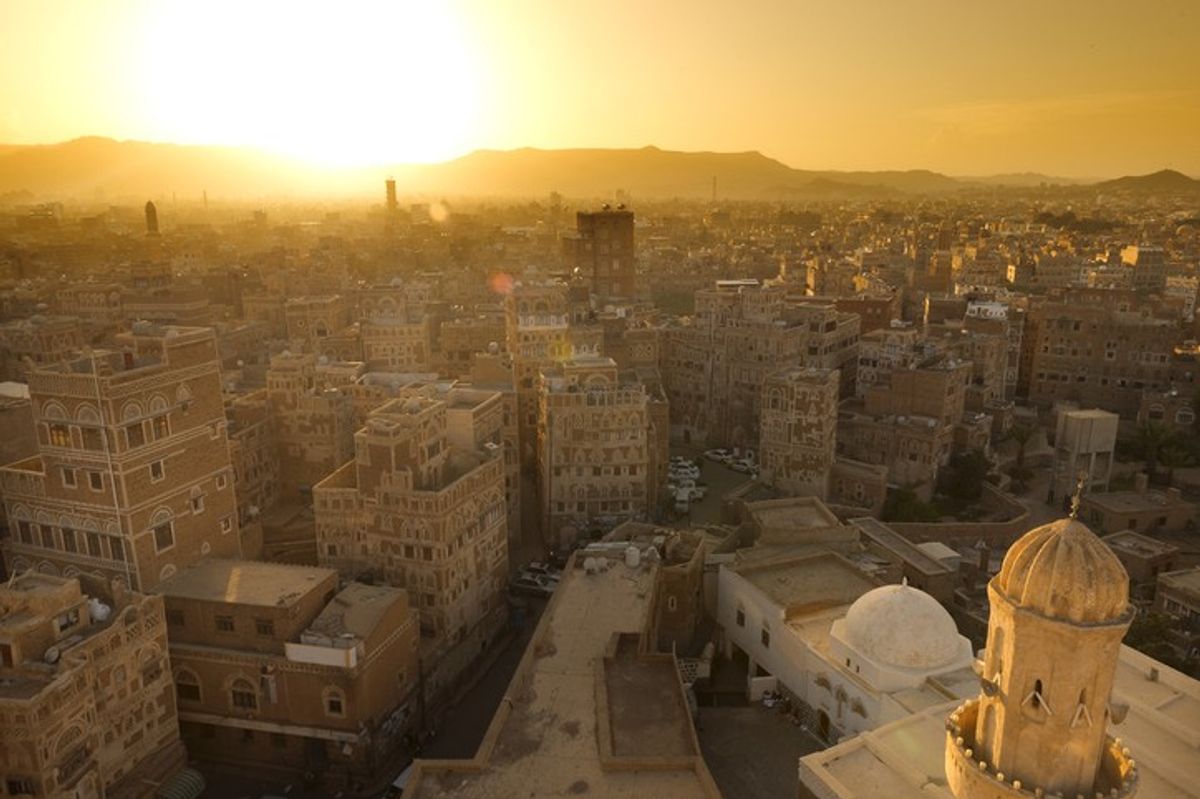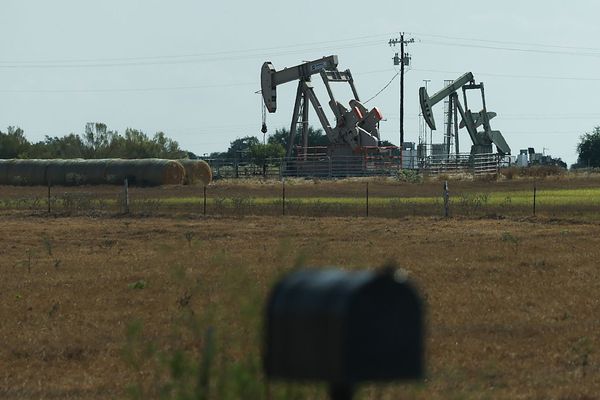On Monday, Saudi Arabia’s Defense Minister and Deputy Crown Prince, Mohammad Bin Salman, arrived in Washington, D.C. to hold high-level talks with top U.S. officials, including U.S. President Barack Obama. This visit comes at a crucial time as friction between the two longtime allies continues to mount.
The U.S.-Saudi relationship is one of the most unique and complex in the world. From an outsider‘s perspective, differences between the two countries could not be starker. The U.S. prides itself on its democratic values and airs itself a champion of human rights. Saudi Arabia, on the other hand, is governed by a decades-old monarchy, and its social framework is dictated by a strict adherence to sharia law.
Throughout the years, the U.S.-Saudi relationship has navigated its ups and downs. Since the Obama Administration took office, however, the relationship has perhaps hit its most difficult rough patch.
“To put it bluntly, [the Saudis] haven’t lost faith in the United States, but they have lost faith in the Obama White House,” says Simon Henderson, Saudi expert at the Washington Institute for Near East policy. “They are just waiting for the day that the Obama Administration ends.”
Many point to the Iran nuclear deal, agreed upon last July, as one of the key factors that has driven a wedge between the U.S. and Saudi leadership.
“Today, we are at another inflection point and this will be a very difficult one because of the Iran factor and our dramatically different perceptions of the threat,” explained former U.S. Ambassador to Oman and Cipher Brief expert Gary Grappo. “Saudi Arabia sees Iran as an existential threat,” whereas “the U.S. doesn’t see it that way, particularly as it negotiated the nuclear agreement with Iran.”
During his last visit to Riyadh in April, President Obama was met on the airport tarmac by the Saudi Foreign Minister and Governor of Riyadh, Adel Al-Jubair, in what some deemed a snub by Saudi King Salman. The Saudi King had earlier been present on the tarmac to welcome other leaders of the Gulf Cooperation Council, and his absence from President Obama’s landing carried a chilly message to the American delegation.
Yet despite tension between the two nations, the U.S. and Saudi Arabia still maintain a number of common interests on both the security and economic fronts. The “U.S.-Saudi relationship is built on common interests rather than common values,” explained Perry Cammack, Cipher Brief expert and associate at the Carnegie Endowment for International Peace.
From a security standpoint, “Saudi Arabia will always be a vulnerable nation and there is really only one country in the world that can protect it—and that’s the United States, “explains Grappo. “Riyadh has no real alternative to Washington as its core security partner,” echoed Cammack.
Economically, “it is in America’s interest to work with the Saudis, as we have in the past, to keep oil prices stable in order to maintain economic stability worldwide,” explains Grappo. Furthermore, Prince Mohammad Bin Salman’s visit to discuss his Vision 2030 plan should generate significant interest from the U.S. business community regarding potential new investment opportunities in the Saudi market.
Looking forward, one of the main foreign policy objectives of the next U.S. president will be to patch up relations with the Saudis. “I expect both sides to make efforts to reinvigorate cooperation when the next President takes office in January,” says Cammack. Improved U.S.-Saudi relations under the next American President are a must or ties between the two nations could really take a turn for the worst.
Bennett Seftel is the Deputy Director of Editorial at The Cipher Brief.



